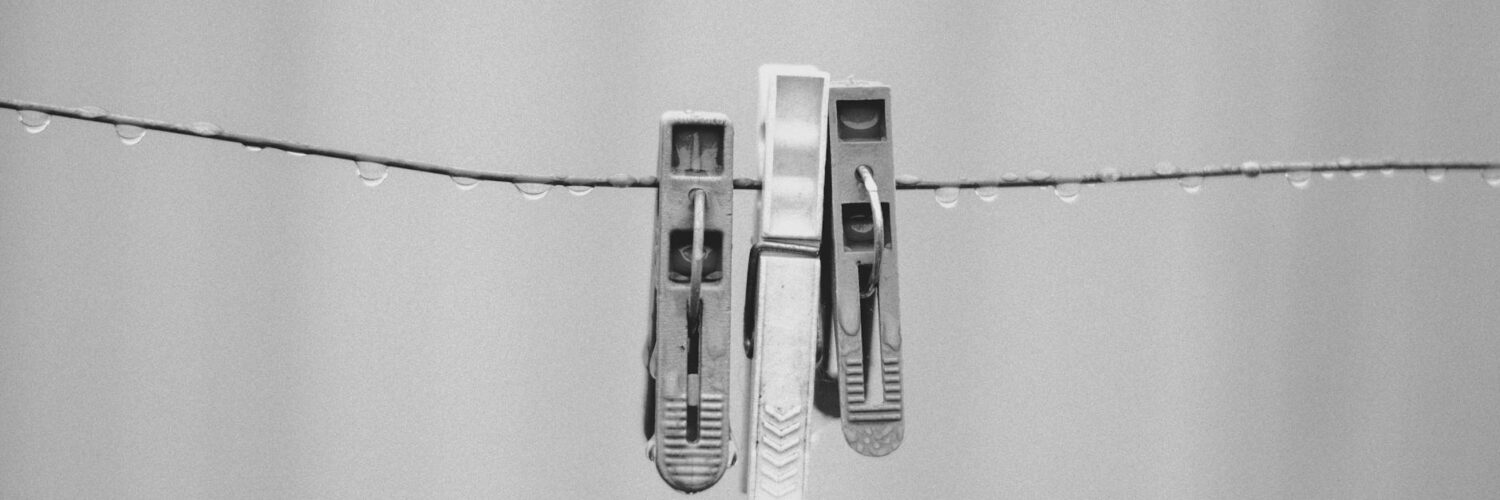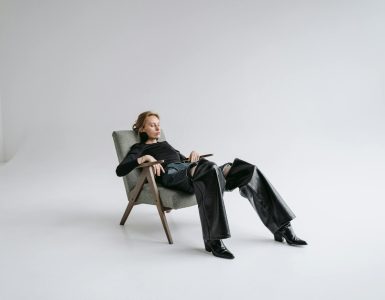Let’s be honest. Most of our days are filled with things that feel… well, pretty ordinary. We get up, we brush our teeth, we make coffee, we commute, we work, we eat, we sleep. Repeat. It’s the grand choreography of modern life, and for the most part, we’ve got it down to a science. But have you ever stopped to think about the hidden stories, the quirky facts, and the surprisingly clever design choices that surround us in these mundane moments? The Unexpected Dance of Doing: Rediscovering the Rhythm of Daily Life
The Humble Toothbrush: More Than Just Minty Fresh
Take your toothbrush, for instance. That unassuming plastic stick in your bathroom cabinet. Did you know that the first mass-produced toothbrush, created in China around 1498, actually used bristles made from… hog hair? Yep, pig bristles! They were then wired to a bone or bamboo handle. Talk about a gritty wake-up call. Fast forward a few centuries, and we’ve got electric toothbrushes that vibrate thousands of times a minute, some even connecting to apps to track your brushing habits. It’s a stark reminder of how far we’ve come from scrubbing our pearly whites with a bristly hog’s back. Clever observation: The evolution of the toothbrush mirrors our growing obsession with health and hygiene, turning a basic necessity into a high-tech personal care tool.
Practical takeaway: Next time you’re in the dental aisle, consider the journey your toothbrush has taken. And maybe appreciate those soft nylon bristles. They’re a significant upgrade!
The Coffee Mug: A Silent Witness to Mornings
Your morning coffee mug. It’s probably got a chipped rim, a faded logo, or a witty slogan. But it’s also a vital component of that crucial morning ritual. That first sip of caffeine is like a gentle nudge from the universe, saying, “Okay, you can do this.” An interesting tidbit: the modern ceramic coffee mug really took off in popularity in the early 20th century, spurred by advancements in manufacturing making them more accessible. Before that, drinking vessels were often made of less convenient materials like metal or wood. Unexpected fact: The shape and material of coffee mugs aren’t just aesthetic; they’re designed to maintain the optimal temperature of your beverage for a longer, more enjoyable drinking experience. Thicker ceramic walls, for example, insulate better.
Clever observation: Your coffee mug is a silent confidante, holding the warmth of your first moments of consciousness, witnessing your groggy thoughts before they’re fully formed. It’s a small vessel for big moments.
Practical takeaway: Invest in a mug you genuinely enjoy. It’s a small investment that can significantly elevate your morning routine. And if it’s got a sentimental story, even better – it’s a little piece of joy you get to hold every day.
The Humble Door Knob: More Than Just a Twist
That doorknob you’ve turned countless times today. It seems so simple, right? Just a twist and a pull. But the invention of the doorknob (or rather, the secure door latch that it operates) was a significant step in personal security and privacy. Before the widespread use of effective door locks and doorknobs, doors were often secured with bolts or bars, which were clunky and less convenient. The round doorknob, in particular, has remained a popular design for centuries because its shape makes it easy to grip and operate, even with wet or soapy hands. Unexpected fact: Early doorknobs were often made of brass, not just for aesthetics, but because brass has natural antimicrobial properties, helping to reduce the spread of germs. We’re only now catching up with the idea of self-cleaning surfaces!
Clever observation: Every turn of a doorknob signifies a transition – entering a personal space, leaving it, or moving between different environments. It’s a physical marker of boundaries.
Practical takeaway: When choosing hardware for your home, think about the ergonomics and the history. A well-designed doorknob isn’t just functional; it’s a little piece of everyday engineering that contributes to our comfort and security.
The Reusable Shopping Bag: A Symbol of Conscious Living
Those brightly colored reusable shopping bags we all have stuffed in a drawer somewhere, often forgotten until we’re at the checkout. They represent a shift in our consumer habits, a small but powerful way we try to lessen our environmental impact. The rise of the reusable bag is a relatively recent phenomenon, gaining significant traction in the late 20th and early 21st centuries as awareness about plastic pollution grew. Unexpected fact: While we think of them as a modern invention, reusable bags have been around in various forms for centuries, from woven baskets to sturdy cloth sacks used for market shopping. The “reusable shopping bag” as we know it is really just a modern iteration of an age-old practice.
Clever observation: A reusable bag is more than just a carrier; it’s a quiet statement of intent. It’s a tangible reminder of our connection to the planet, even in the mundane act of grocery shopping.
Practical takeaway: Keep your reusable bags visible! Hang them by the door, put one in your car, or fold a small one into your purse. The easier they are to access, the more likely you are to use them, and that small habit can make a surprisingly big difference.
The Humble Pen: More Than Just Ink on Paper
That pen you’re using to jot down notes, doodle in the margins, or sign important documents. It feels like a basic tool, but the invention of the modern ballpoint pen in the 1930s by László Bíró was a revolution in writing. Before that, pens used dip pens with inkwells or fountain pens, which were prone to leaking and required more maintenance. The ballpoint pen offered a convenient, portable, and relatively mess-free way to write. Unexpected fact: The technology behind the ballpoint, where ink is dispensed from a reservoir through a rotating ball, was actually conceived much earlier, but it took significant engineering breakthroughs to make it reliable and mass-producible. It’s a testament to iterative innovation.
Clever observation: A pen is a direct link between our thoughts and the physical world. It’s how we capture fleeting ideas, express complex emotions, and create tangible records of our existence. The act of writing with a pen is almost meditative in its simplicity.
Practical takeaway: Don’t underestimate the power of a good pen. Having a reliable, comfortable writing instrument can make tasks like note-taking or journaling more enjoyable and productive. And when you find one you love, keep it safe – it’s a tool that can unlock a world of ideas.
The Light Switch: Illuminating Our Lives with a Flip
The simple light switch. You flip it, and bam – light. It’s so ingrained in our daily lives that we rarely give it a second thought. But the development of the practical light switch, credited to engineer John V. Wood in 1884, was a crucial step in making electric lighting truly accessible and usable by the masses. Before this, turning lights on and off was a more complex process, often involving individual switches for each bulb or even manual operation at the power source. Unexpected fact: The standard light switch design we see today, the toggle switch, is incredibly efficient and intuitive. Its simple up-and-down motion is universally understood, making it incredibly user-friendly.
Clever observation: A light switch is a gatekeeper. It controls our visibility, our ability to interact with the world after dark, and our sense of security. It’s a small, unassuming device that has profoundly shaped our nocturnal lives.
Practical takeaway: Think about the lighting in your home. Are your switches conveniently located? Could smart bulbs or dimmers enhance your daily experience? Sometimes, a small upgrade to a seemingly ordinary object can have a surprisingly significant impact on comfort and ambiance. Wie kann man beim Arbeiten oder Studieren konzentriert bleiben?
Embracing the Extraordinary in the Ordinary
Our daily lives are a tapestry woven with threads of the mundane. But as we’ve seen, even the most ordinary objects and routines have fascinating histories, clever designs, and surprisingly profound implications. By looking a little closer, by asking “why” and “how,” we can uncover a hidden world of innovation and human ingenuity that surrounds us. These aren’t just things we use; they are extensions of our history, our culture, and our ever-evolving quest for comfort, efficiency, and a better way of living.
So next time you reach for your keys, pour a glass of water, or even just close a door, take a moment. Appreciate the journey of that object, the cleverness behind its design, and the role it plays in the intricate, often beautiful, dance of your everyday life. You might just find yourself a little more inspired, a little more observant, and a little more connected to the world around you.
“`
























Kommentar hinzufügen